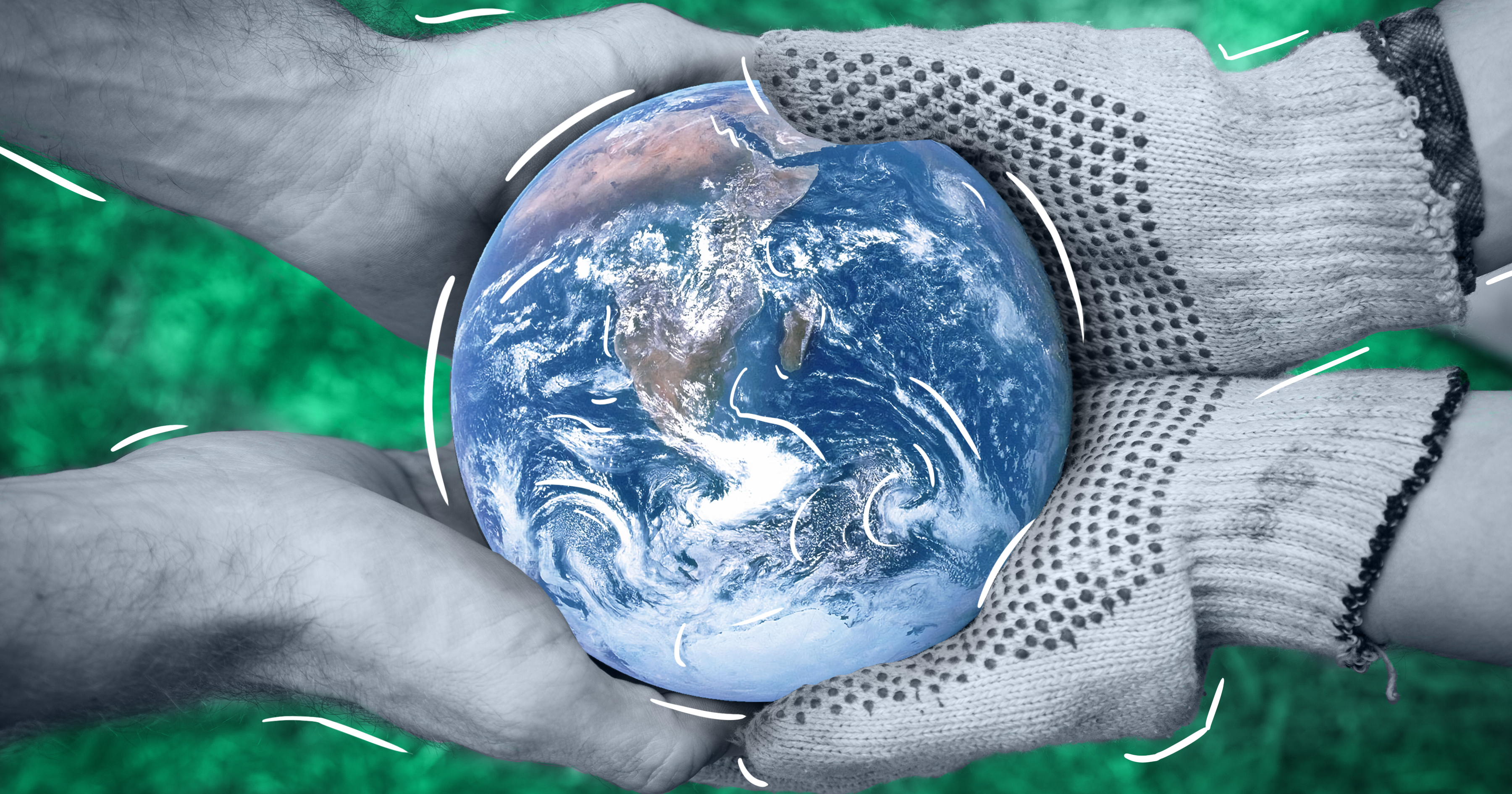Even as global societies advance efforts to minimize gender differences in academia, inequities persist for women in research. Recent data shows that the STEM gender gap is not a mere consequence of lesser interest in the sciences among women, but systemic exclusion across cohorts and disciplines.
In honor of Women’s History Month, Halo investigates the state of women in scientific research.

A growing interest in graduate STEM degrees
The latest study by the Council of Graduate Schools revealed that most first-time graduate students were women, representing about 61 percent of the cohort altogether. However, a closer look reveals the enduring patterns that give rise to gender disparities in STEM.
Female graduate enrollment rates fluctuate quite drastically across fields of study. For example, women make up almost 80 percent of first-time graduate enrollments in public administration and services and health sciences and more than two-thirds of those in education.
In contrast, women comprise a significantly smaller portion of engineering enrollment at roughly 29 percent, with almost 34 percent in mathematics and computer science, and about 44 percent of the first-time grads in the physical and earth sciences.
Interestingly, such disparities exist between graduate levels, too. In 2020, there were more women enrolled in master’s and graduate certificate programs than there were at the doctoral level.
At the same time, women reportedly earned most (about 62 percent) of the graduate degrees and certificates awarded from surveyed schools in the 2019-2020 academic year, representing a notable increase from years past. In the face of well-documented barriers, women nonetheless increasingly seek careers in STEM.

The gender “pay gap” of research funding
Women who venture into historically male enclaves of academia experience headwinds even after their degrees are awarded.
One of the primary contributors to the STEM gender gap is the research funding inequalities between men and women. Financial support from the National Institutes of Health is one of the most prominent examples, as many scientists have noted that opportunities granted to men are not “at parity” with those given to women.
In an analysis of the characteristics distinguishing the most highly funded research project grant (RPG) principal investigators, or PIs, NIH officials Michael S. Lauer and Deepshikka Roychodhury revealed that awards were disproportionately granted to white, non-Hispanic males.
“Compared to the bottom 99%, the top 1% of investigators were in later career stages and more likely to be white, non-Hispanic, and to hold an MD degree…. Top 1% investigators [receive] a median of $4.8 million compared to $0.4 million for all others [and] more likely to be supported on multiple RPG grants.”
Overburdened with wide-ranging responsibilities
Within economic and sociological literature, it is a common finding that women shoulder a heavier burden of unpaid activities in the home.
This trend has an important analogy in academia.
The National Science Foundation Program Director Leslie Rissler and colleagues discuss disparities within programs and laboratories, noting that women report spending more hours teaching and advising rather than conducting research each week compared to their male counterparts.
This unequal workload allows less time for grant applications and fewer publishing opportunities to build up reputations. Thus, even when women have access to meaningful research opportunities, they’re faced with challenges impairing their capacity for innovation.

Celebrating the many faces of science
Halo was founded so more game-changing research becomes real world solutions, no matter its origin. Industry and academic innovators across 88+ countries expand their networks with just a few clicks, eliminating the constraints of networking within a limited geography or existing professional connections.
Read about the research of several groundbreaking women in these profiles of Prof. Ce Yang (University of Minnesota) and Dr. Andrea Clavijo (AGROSAVIA).








